How to Choose Essential Oils You Really Need
Can you relate to any of the following situations? Every time you shop for essential oils, you see a new blend or even a new essential oil listed for sale; the description of the aroma sounds wonderful, and the list of health concerns it addresses includes an issue you or your loved ones have. You see a recipe online that calls for an oil you do not yet own and are intrigued. You hear about how you can replace your kitchen herbs and spices, your first aid and family medicines, your personal care products, and your cleaning supplies with the opportunity to choose essential oils for these needs. You read that you can get a discount or free shipping if you buy two bottles instead of one or if you subscribe to a monthly delivery. You notice that your favorite essential oil is on sale, so you wonder if you should stock up.
There is a sarcastic saying in sewing circles that “she who dies with the most fabric wins.” Some of us may be living that same philosophy with our essential oil purchases. Essential oils come in small bottles, so we justify that we will use them up quickly. We buy these precious extracts with the best of intentions and end up with wonderful collections of small glass bottles, many of which may hardly be used—if ever opened. But in this case, more does not mean better.
How important is it that we curtail our essential oil buying, and how do we know which essential oils we really need? Robert Tisserand (2022), a leading aromatherapy educator and consultant on essential oil safety, suggests that we do not buy more essential oils than we can use up in a year. While there may be exceptions to this guideline, it is one excellent goal toward which to work when it comes to being discerning about essential oil purchases.
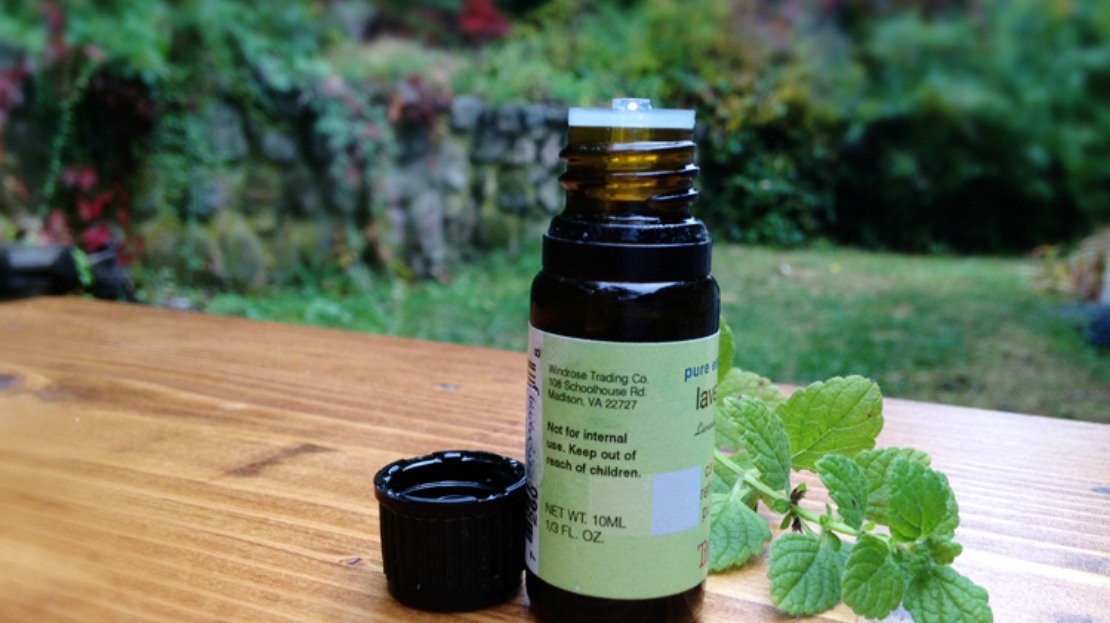
The Small Bottle
The size of an essential oil bottle can be very misleading. For many recipes, one might only use one to ten drops. A 5 mL bottle contains approximately 85 drops, which means you can make that recipe at least eight times before you run out of that essential oil. Many essential oils even come in larger 15 mL bottles. Then you must also consider how long it will take for you to use up whatever concoction you just made.
There is a lot more essential oil in one bottle than we often take into consideration. A professional aromatherapist might use several milliliters of an oil at one time, but for most family-oriented essential oil users, we will use it by the drop, not by the milliliter.
Essential oils are highly concentrated, which means that literally tons of plant matter go into creating them. Because of this level of concentration, they won’t typically be applied undiluted to the skin but used in tiny amounts in accordance with how strong they really are. With this in mind, essential oils are a potent wellness tool, but they do not need to replace our use of whole plants to create infusions, decoctions, tinctures, and other preparations. There are concerns about the amount and types of plant matter used for essential oils which lead us to considerations of sustainability.
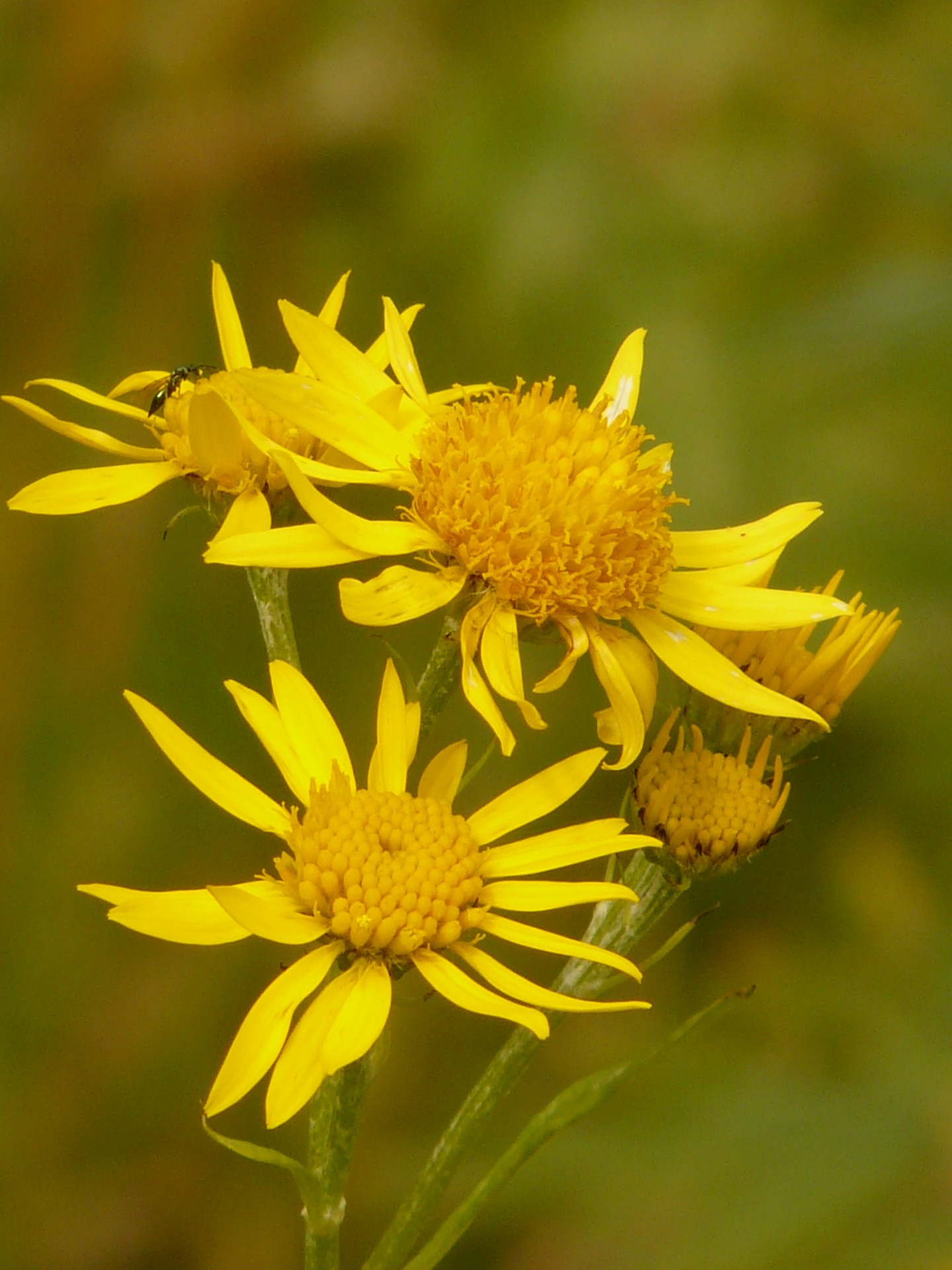
Sustainability
Be aware of the plant part used to make the essential oils you purchase. The essential oils that we need to be the most careful with are those that are from endangered plants, tree wood, roots, and flowers. The origin and species of the plant in the essential oil are also important, as some plants are endangered in certain regions yet are being sustainably sourced elsewhere and certain species are more endangered than others.
One way to check on the status of a plant’s security is to check the International Union for Conservation of Nature (IUCN), which publishes a Red List of Threatened Species. The United Plant Savers also offers information regarding a plant’s status. Some plants are additionally protected by the Convention on International Trade in Endangered Species of Wild Fauna and Flora (CITES).
Essential oil retailers who sell essential oils from plants with CITES protection must have a CITES certificate to import those essential oils. Checking on the status of a CITES certificate can help you decide whether or not you should purchase the essential oil from a given retailer. If a retailer says it gets its oil from a sustainable source when you know a plant is endangered, do additional research before assuming the retailer is being completely truthful.
Unfortunately, the list of endangered aromatic plants continues to grow with the increasing demand for essential oils. Here is a brief list of only a few of the endangered, threatened, and vulnerable aromatic plants (Ablard, 2019):
Palo santo (Bursera graveolens)
Spikenard (Nardostachys jatamansi, N. grandiflora)
East Indian Sandalwood (Santalum album)
Silver fir needle (Abies alba)
Agarwood (Aquilaria malaccensis) (CITES)
Frankincense (Boswellia sacra)
Rosewood (Aniba roseadora) (CITES)
Atlas cedarwood (Cedrus atlantica)
Vanilla (Vanilla plantifolia) (CITES)
Laurel leaf (Laurus nobilis)
Spruce hemlock (Tsuga candensis)
White sage (Salvia apiana)
Arnica (Arnica Montana)
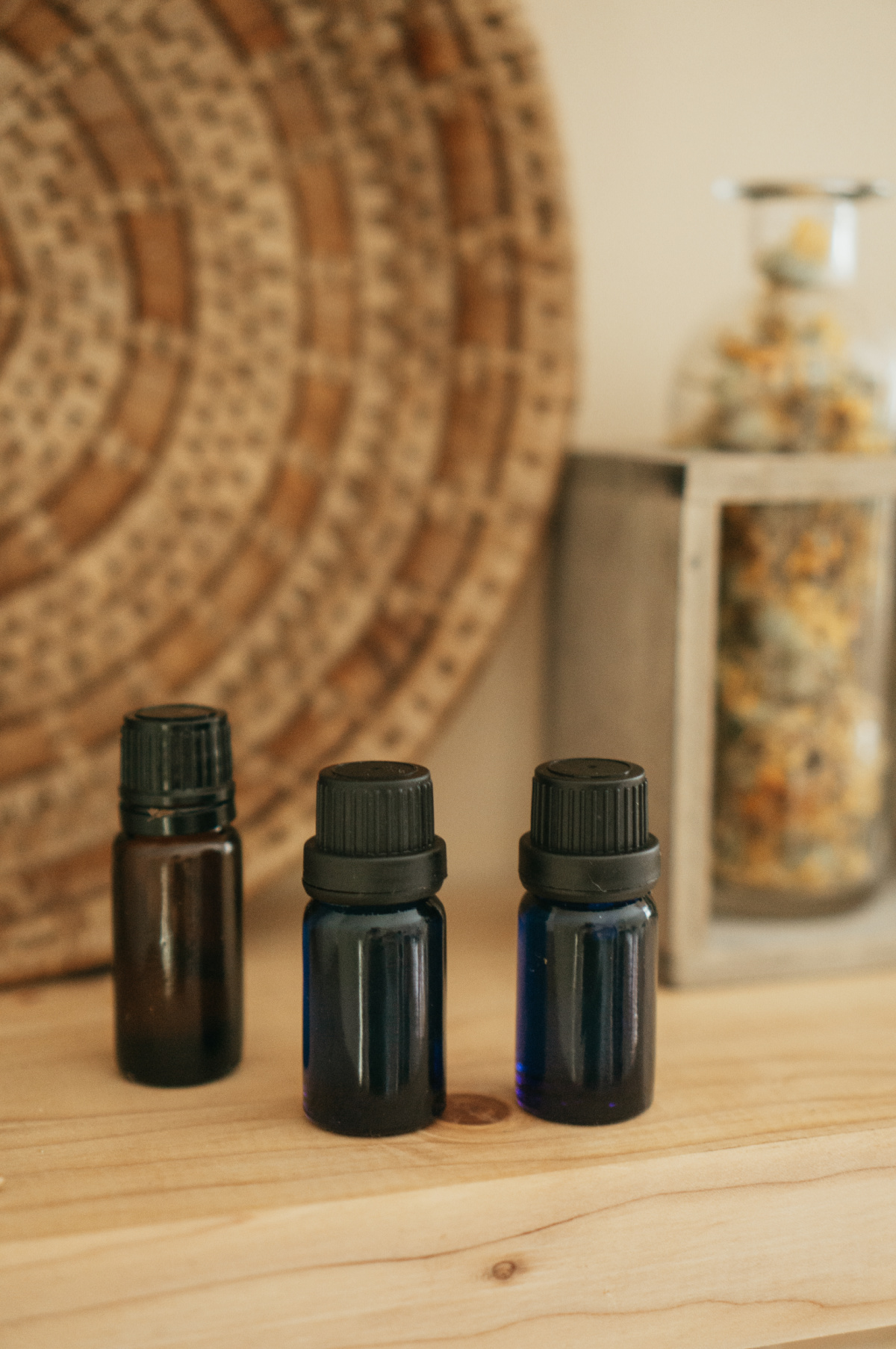
One of the challenges we face with some of these aromatic plants is that essential oil extraction requires copious amounts of the whole plant, and the harvest and extraction process, in many cases, kills the plants entirely. Trees take decades to grow, so essential oils that come from tree wood, such as rosewood, agarwood, and sandalwood, use the plants much faster than new plants can grow in their place. Some root plants, like spikenard (Nardostachys jatamansi, N. grandiflora), have the same problem of slow growth and high demand. Those who harvest frankincense resin (Boswellia spp.) will often overharvest, causing the trees to die (Dancey-Downs, 2018; Patinkin, 2016; Save Frankincense, 2020). In addition, these situations are often complicated by other social and economic issues surrounding the plant harvesters themselves.
Adulteration is also much more likely in rarer essential oils. Sandalwood, for instance, might be diluted with or replaced by another essential oil, such as amyris (Amyris balsamifera), a synthetic sandalwood, or a fixed oil, such as coconut oil. Sweet orange (Citrus sinensis), on the other hand, has very few adulteration issues as it is more common.
Some retailers will sell clearly labeled dilutions, which will tell you the percentage of essential oil in the bottle and which fixed oil was used as the solvent. Unlike dishonest adulterations mentioned above, these dilutions may allow you to purchase a smaller amount of a rare essential oil for your personal enjoyment.
There are quite a few essential oils from plants that are of least concern, from a sustainability standpoint. It is easy to use these oils to meet the majority of one’s essential oil needs.
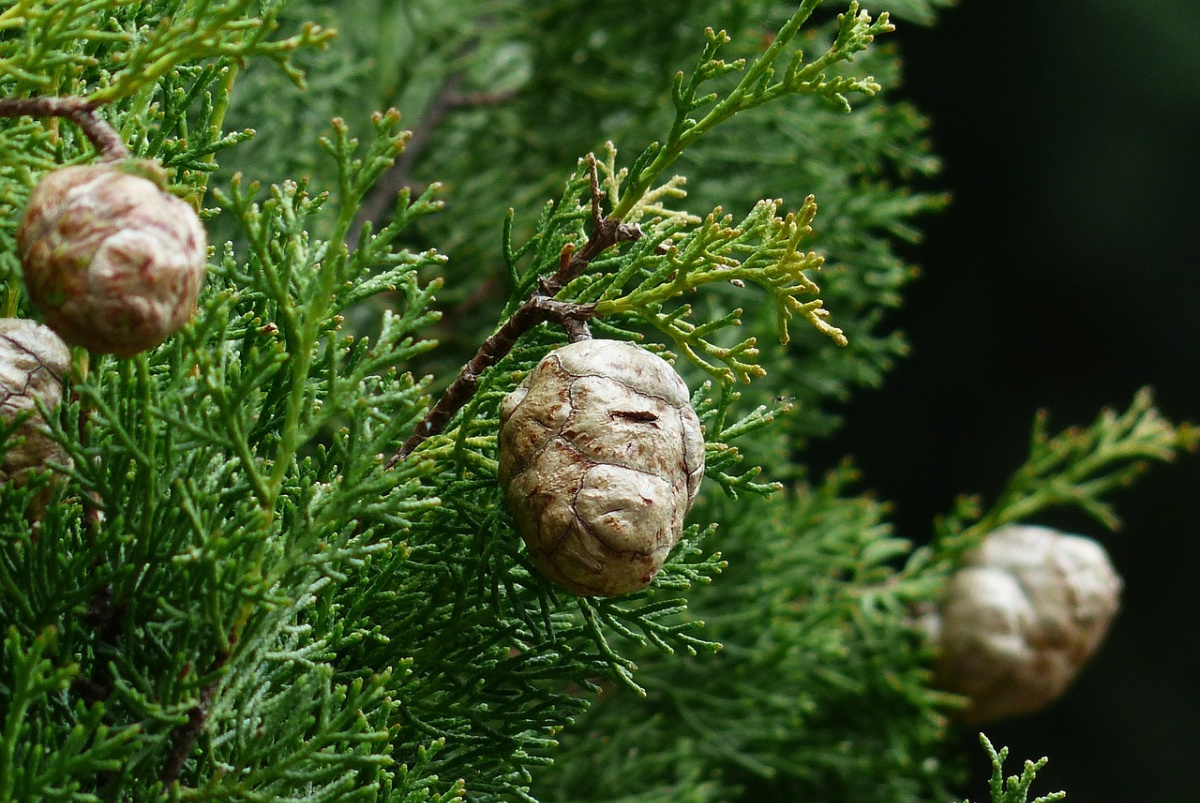
Aromatic plants of least concern:
Roman chamomile (Chamamaelum nobile)
Cypress (Cupressus sempervirens)
Virginia cedarwood (Juniperus virginiana)
Texas cedarwood (Juniperus ashei)
Yarrow (Achillea millefolium)
Lavender (Lavandula angustifolia)
Spike lavender (Lavandula latifolia)
Clary sage (Salvia sclarea)
Sweet birch (Betula lenta)
Himalayan cedarwood (Cedrus deodara)
Copaiba (Copaifera langsorfii)
Most common cooking herbs, such as rosemary (Salvia rosmarinus) and thyme (Thymus vulgaris) (Ablard, 2019)
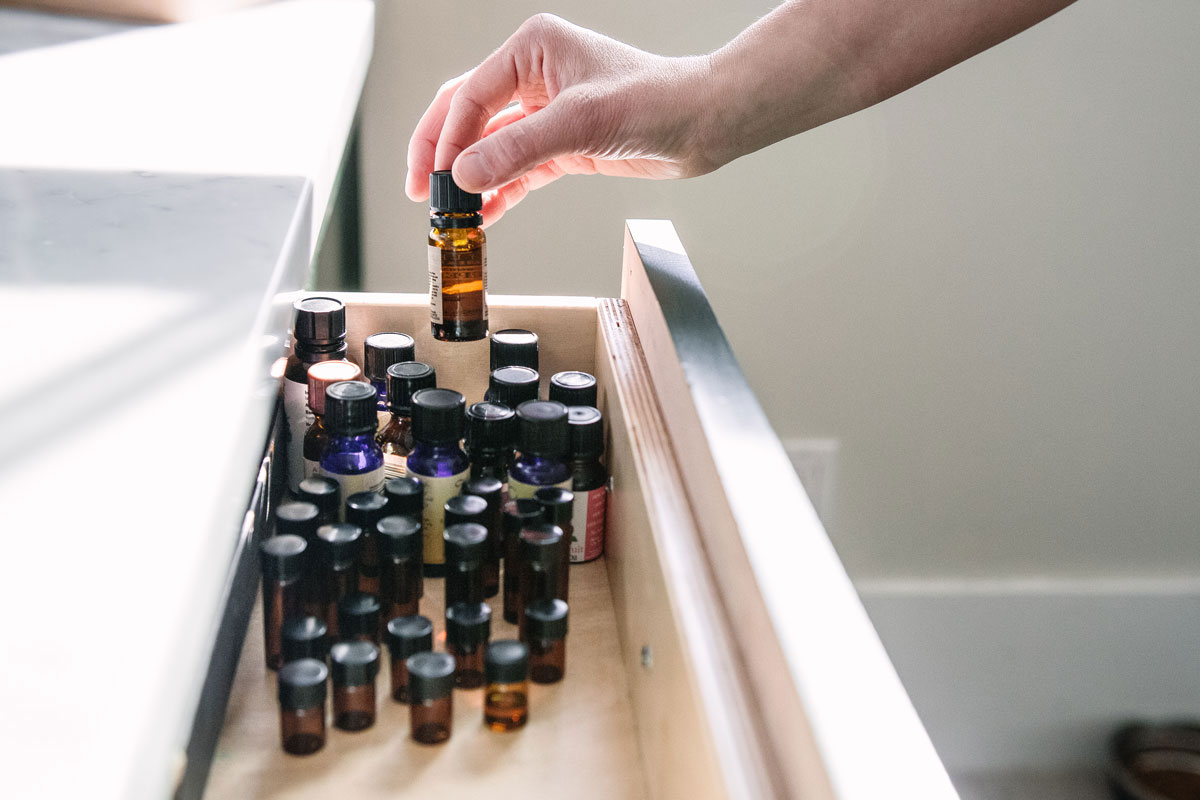
Shelf Life and Safe Usage
Contrary to some popular lore, essential oils do have a shelf-life, which may be as short as six months to a year, depending on the essential oil’s chemistry and how it is stored. Essential oils are highly prone to oxidation, a chemical reaction affected by light, heat, and exposure to oxygen. This is why it is so important to keep stored essential oils closed and away from sources of direct light and heat. Many benefit from refrigeration. They are also prone to polymerization, a chemical reaction of molecules joining together, and resinification, becoming resinous. Although perfumers may prefer an older essential oil for its aroma, aging decreases the amount of an oil’s therapeutic constituents.
Oxidation decreases the proportion of therapeutic constituents of the essential oil and creates end-products that tend to be skin-sensitizing. The result is a decrease in an essential oil’s therapeutic value, a change in aroma, and an increase in safety concerns. The crystallization around the lids of some oils like myrrh (Commiphora myrrha) is the result of oxidation. Viscous oils, such as sandalwood (Santalum spp.), patchouli (Pogostemon cablin), and vetiver (Chrysopogon zizanioides) are less prone to oxidation and have longer shelf lives (approximately five to eight years) with proper storage (Tisserand, 2022).
As you use up your essential oil, the air space at the top of the bottle will increase, providing more oxygen to degrade the oil. If you have a larger bottle, such as a 15 mL or larger, of essential oil, as you use it, it may be beneficial to decant the remaining amount into a smaller bottle, such as a 10 mL or 5 mL bottle.
Oils high in monoterpenes, especially limonene and the monoterpenol linalool, are particularly susceptible to oxidation. This means you want to use up your citrus oils within 1-2 years after opening and lavender (Lavandula angustifolia) or ho wood (Cinnamomum camphora) within 2-3 years. Some other popular essential oils, like peppermint (Mentha x piperita) and cinnamon (Cinnamomum vera, C. cassia), may last 3-4 years when stored properly (Tisserand, 2022).
Lastly, it’s always vital to align the safety profile of an essential oil with the person who will use it. For instance, if you wish to use the essential oils with pets, children, or the elderly, you will want to limit your choices to those that are safe to use with those populations (see related readings below). Your essential oil recipient may also have strong aroma preferences or sensitivities. If your child prefers Virginia cedarwood (Juniperus virginiana) to eucalyptus (Eucalyptus spp), the cedarwood may be adequate for seasonal sniffles.
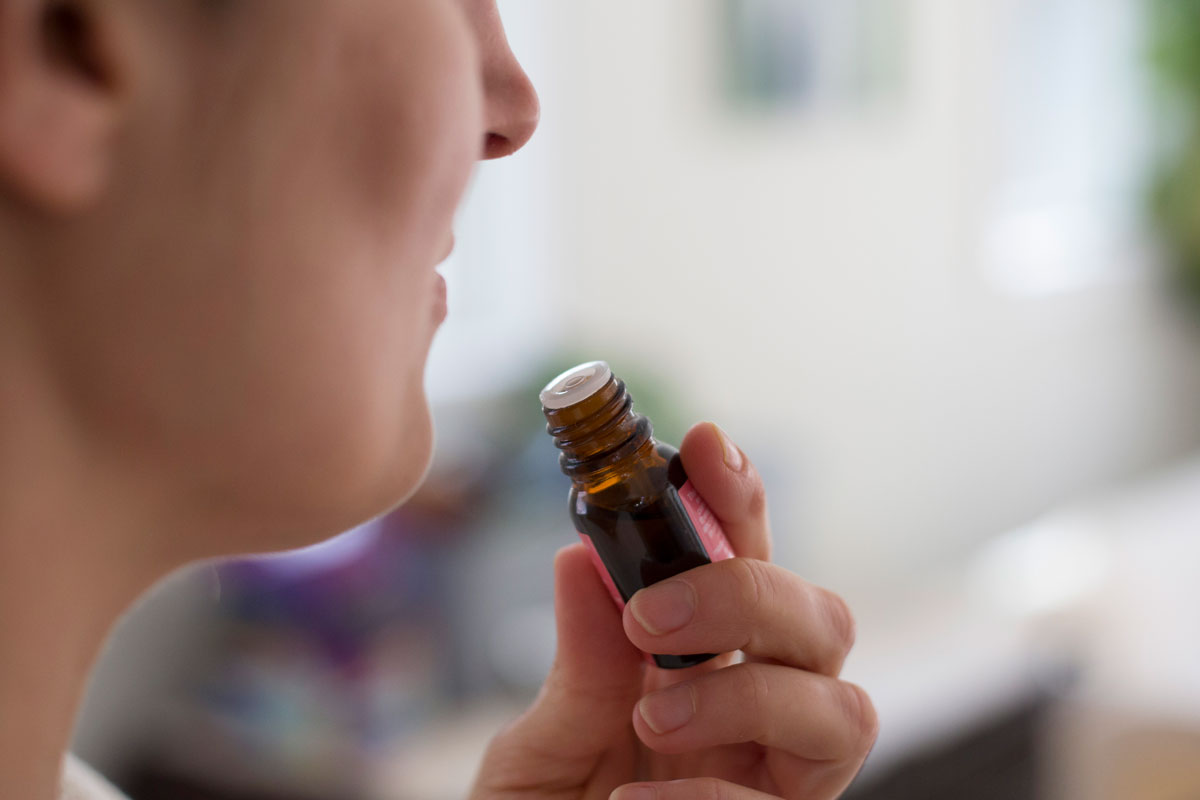
Frugality
Essential oils are expensive. If you weigh their potential usefulness against the small amount you need to use to achieve an outcome, they are fairly cost-effective, but only if you use up the whole bottle. If you use only milliliters or less, your frugal purchase becomes very costly.
While there are a few essential oils that perform certain functions extremely well, most of them belong to families of oils that have similar actions. If you have purchased several similar essential oils, you may end up using even less than if you had only purchased one.
Choosing Essential Oils
So how does one hone down essential oil needs to just that—choosing the essentials?
Aroma
If you are purchasing for aromatic purposes, such as diffusing essential oils to freshen your home, you might choose mandarin (Citrus reticulata), tangerine (Citrus reticulata), bergamot (Citrus aurantium) or sweet orange (Citrus sinensis) as these are all plants of least concern, but you may not need to have all of them on hand simultaneously. If you are using an oil from a plant of greater sustainability concern, choose the fragrance note you prefer and then use only that one essential oil until the bottle is empty. If you choose only one or two in the categories you prefer, you are more likely to use up what you have before the oils spoil.
Similar Chemical Families
This is where knowing the chemistry and reading the Gas Chromatography/Mass Spectrometry (GC/MS) reports, which tell the proportions of chemical constituents in each batch of essential oil, can really come in handy. Many essential oil retailers now provide these for each essential oil they sell. It also helps if you know what a normal range of constituents looks like for an oil. Knowing the normal range for the chemistry of an essential oil can also help you better read a GC/MS to know if the oil has already oxidized if certain constituents are significantly lower than the expected amount or if the oil may have been adulterated if some constituents are unusually high.
It is also helpful to have an idea of the chemical families and which oils are high in which types of constituents so that you have a better knowledge of which common oils to substitute for rarer ones. For instance, conifers are high in pinenes, while rosemary (Salvia rosmarinus), most Eucalyptus spp., and cardamom (Elettaria cardamomum) are all high in 1,8 cineole; all of these essential oils are valuable for addressing occasional upper respiratory concerns.
There are several essential oils that are high in linalool, including the critically endangered rosewood (Aniba roseadora). Ho wood (Cinnamomum camphora) or rosalina (Melaleuca ericifolia) may be appropriate substitutes. Lavender (Lavandula angustifolia) also falls into the category of oils that have significant amounts of both linalool and linalyl acetate. Other essential oils, such as bergamot mint (Mentha citrata) also contain this combination. If you seek a new aroma, when you run out of an essential oil, you may wish to try replacing it with one that has a similar chemical profile.
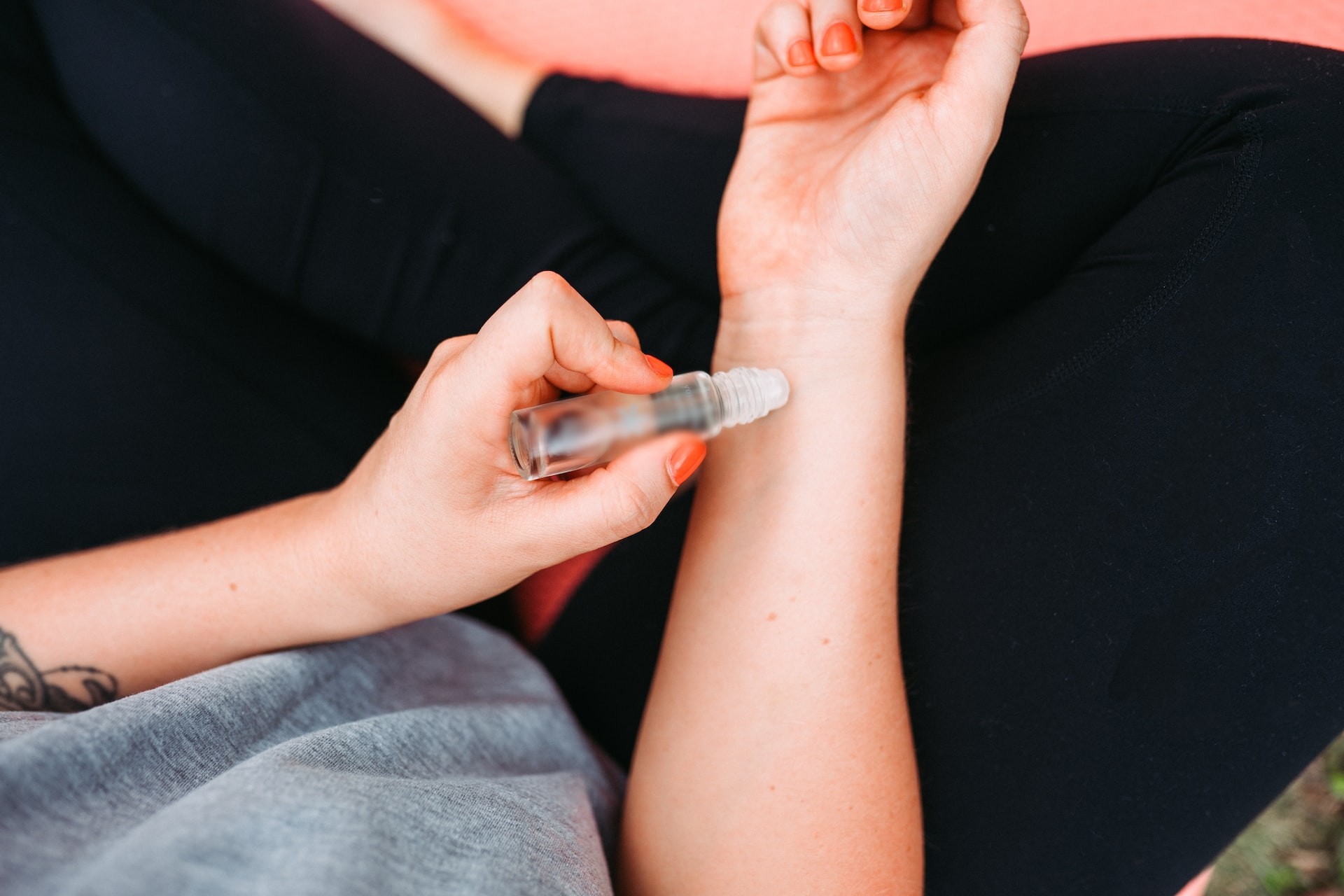
Similar Behaviors
As you study the benefits and usages of essential oils, you will see a tremendous amount of overlap between oils. Often, the ways essential oils affect us are related to their constituent chemistry, but not all of our interactions with these oils directly correspond to one specific profile.
If you consider the specific needs you need to meet – calming, alertness, uplifting, respiratory, digestive – you may find a few essential oils that meet multiple needs. You may be able to address all your family’s needs with just a few essential oils. There are a couple, like lavender (Lavandula angustifolia), that multitask so well that they will always be in your cupboard. Others that are more specific to a timely need may come and go or may get replaced periodically with a similar oil to change things up. It may sometimes be a better choice to purchase a ready-made blend instead of buying a bottle of each of the ingredients to blend your own.
In Closing,
Those of us who love essential oils often find ourselves with too many bottles, some of which go bad before we can finish them. If we care about safety, sustainability, frugality, and waste, we will approach our essential oil collections with careful consideration and less impulse buying. Consider the needs you have, whether for ambiance or wellness, for yourself or your family, and then consider how much you really need, knowing that if you only use a few drops at a time, even a small bottle of essential oil may have more doses than you could use in a year or two. The result will be continued enjoyment of essential oils far into the future as we invest our money wisely and support the industries surrounding aromatic plants without overexploitation.
Related Reading
International Union for Conservation of Nature (IUCN) https://www.iucn.org/
Red List of Threatened Species https://www.iucnredlist.org/
The United Plant Savers https://unitedplantsavers.org/?_page=23&start=32
Convention on International Trade in Endangered Species of Wild Fauna and Flora (CITES) https://cites.org/eng
How to choose the right lavender essential oil https://theherbalacademy.com/right-lavender-essential-oil/
A beginner’s guide to using essential oils with confidence https://theherbalacademy.com/using-essential-oils-with-confidence/
Safe and powerful alternative “Thieves” blends for the 1% https://theherbalacademy.com/alternative-thieves-blends/
Cold and flu essential Oils for children https://theherbalacademy.com/cold-and-flu-essential-oils/
A guide to essential oil safety https://theherbalacademy.com/a-guide-to-essential-oil-safety/
Lavender essential oil: A must-have for every natural medicine chest https://theherbalacademy.com/lavender-essential-oil/
How sustainable is the essential oil industry? https://theecohub.com/how-sustainable-is-the-essential-oil-industry/
Essential oil sustainability: What you need to know. https://www.aromatics.com/blogs/learning-guide-ethical-and-sustainable-aromatherapy/essential-oil-sustainability-what-you-need-to-know
Spikenard and sustainability https://tisserandinstitute.org/spikenard-sustainability/
Learning to define sustainability: Lessons for essential oil consumers https://theherbalacademy.com/define-sustainability-lessons-for-essential-oil-consumers/
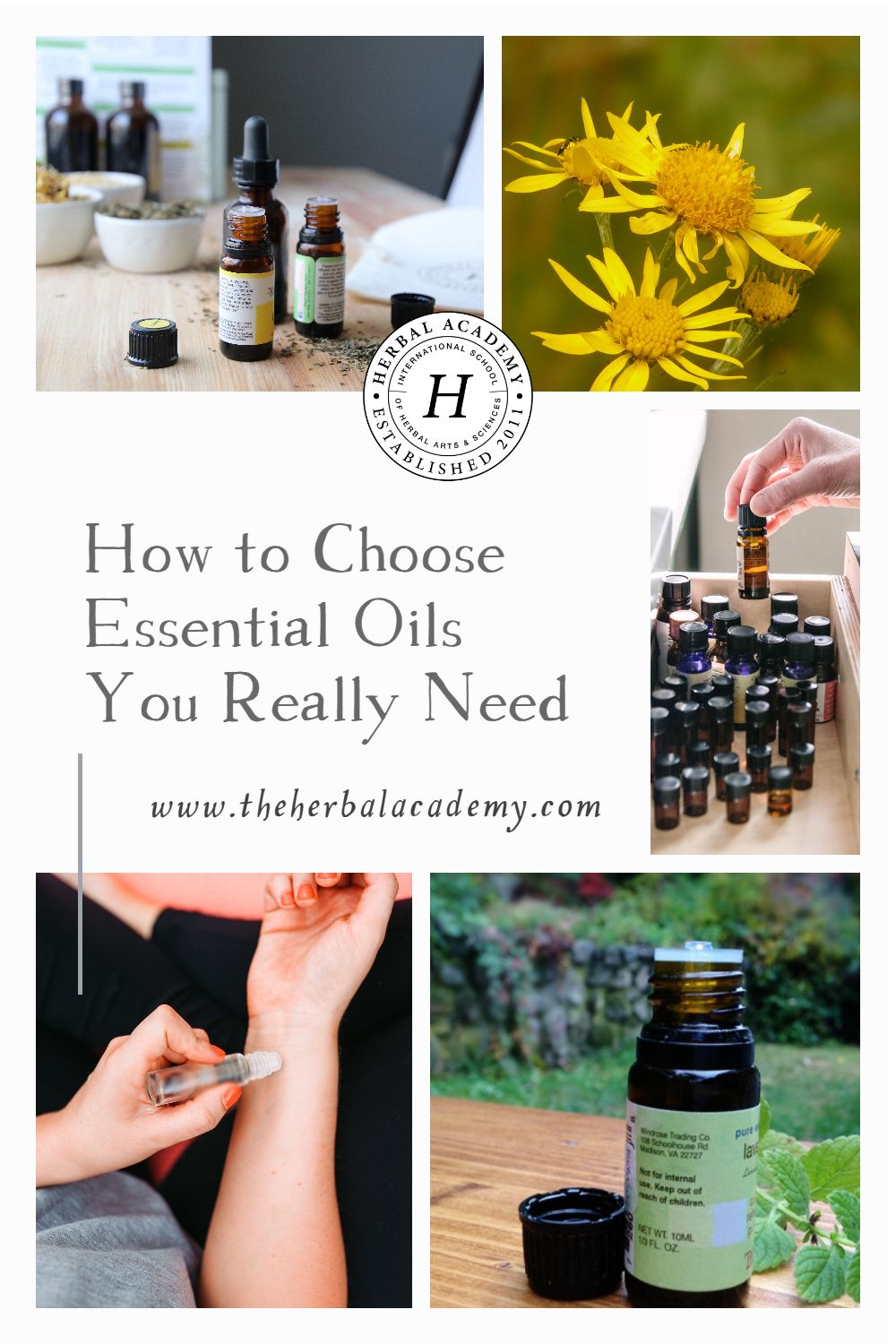
REFERENCES
Ablard, K. (2019, Sept. 27). Working together to protect and preserve aromatic medicinal plants [conference proceedings]. Alliance of International Aromatherapists Conference, Minneapolis, Minnesota.
Dancey-Downs, K. (2018, April 19). A sustainable future for Frankincense and forests? Ecologist. Informed by Nature. Retrieved March 31, 2023 from https://theecologist.org/2018/apr/19/sustainable-future-frankincense-and-forests
Patinkin, J. (2016). Last wild frankincense forests are under threat from overharvesting. The Associated Press. Retrieved March 31, 2023 from https://globalnews.ca/news/3146852/last-wild-frankincense-forests-are-under-threat-from-overharvesting/
Save Frankincense. (2020). Issues: Frankincense decline. Save Frankincense. Retrieved March 31, 2023 from https://www.savefrankincense.org/frankincense-decline
Tisserand, R. (2022). Oxidation and the shelf-life of essential oils. Essential Oil Safety Master Class 2nd Edition. https://tisserandinstitute.org/essential-oil-safety-master-class/







